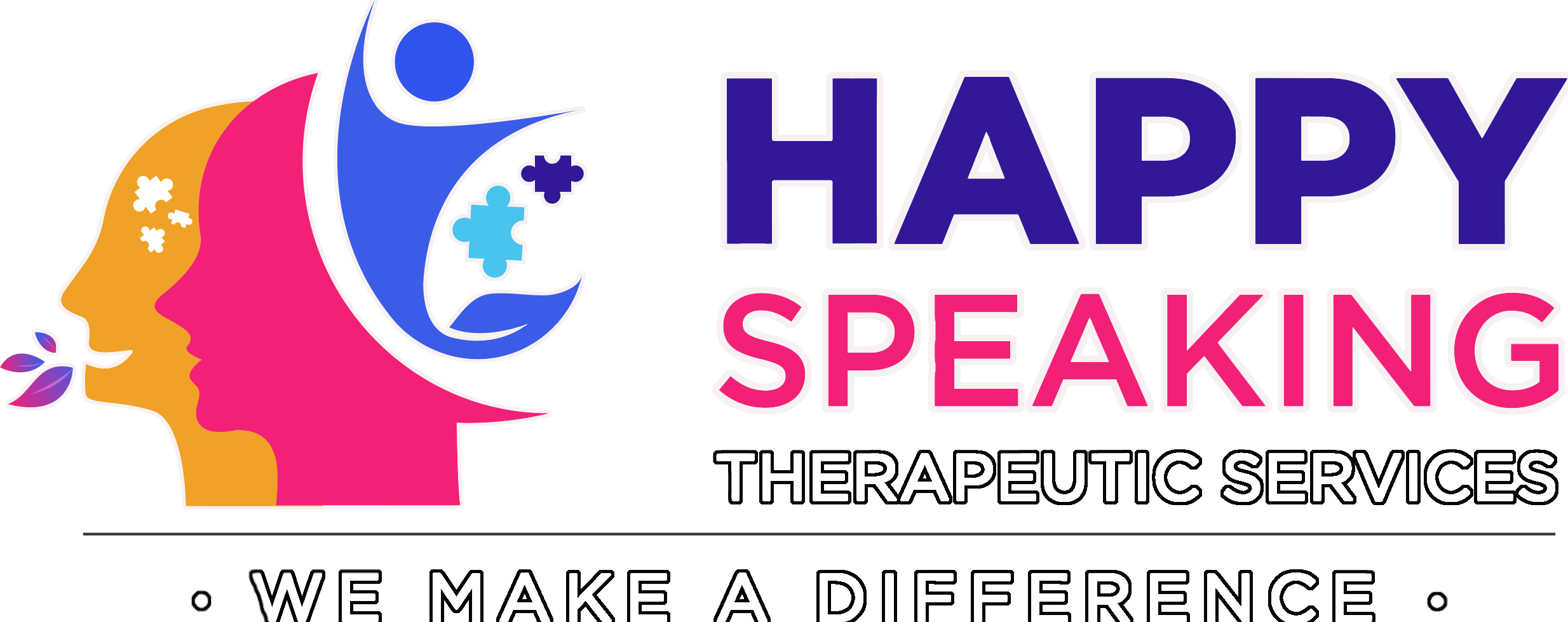
Fluency Disorders
-By Mrs. Chaitra
Fluency disorders disrupt the normal flow of speech, affecting rhythm, rate, and smoothness. Stuttering is the primary type of fluency disorder.
Symptoms of Fluency Disorders:
Common stuttering features include:
- Repetition of a sound
- Repetition of a syllable
- Repetition of a word
- Repetition of a phrase
These features can occur at the beginning, middle, or end of words or sentences, but generally occur at the beginning.
Less common stuttering features may include:
Prolongations
This is extending/lengthening or stretching a consonant or vowel sound in a word (e.g. “I waaaaaa—–nt to go outside to play”). This may occur anywhere in the word.
Blocking
This is where your child is unable to produce a sound at all. There is stoppage of airflow. It appears like there is a short period of silence or silent struggle. Your child may still try to speak but struggles to get the word out. Generally blocking occurs at the beginning of a word or sentence.
Some children may also experience additional features that accompany their stutter which may include:
- Display struggle or tension in their facial features.
- Demonstrate additional body movements, such as increased eye blinking, head tilting.
- Avoid particular sounds, words or talking situations.
Therapy for fluency disorders involves various techniques, strategies, and individualized treatment plans, including fluency shaping techniques, education, counseling, relaxation techniques, desensitization exercises, and technology-based interventions.
Speech therapy not only improves communication but also positively impacts psychological health, addressing frustration, anxiety, and social isolation. It fosters better communication skills, leading to improved self-confidence, self-esteem, and a greater sense of belonging within the community.
